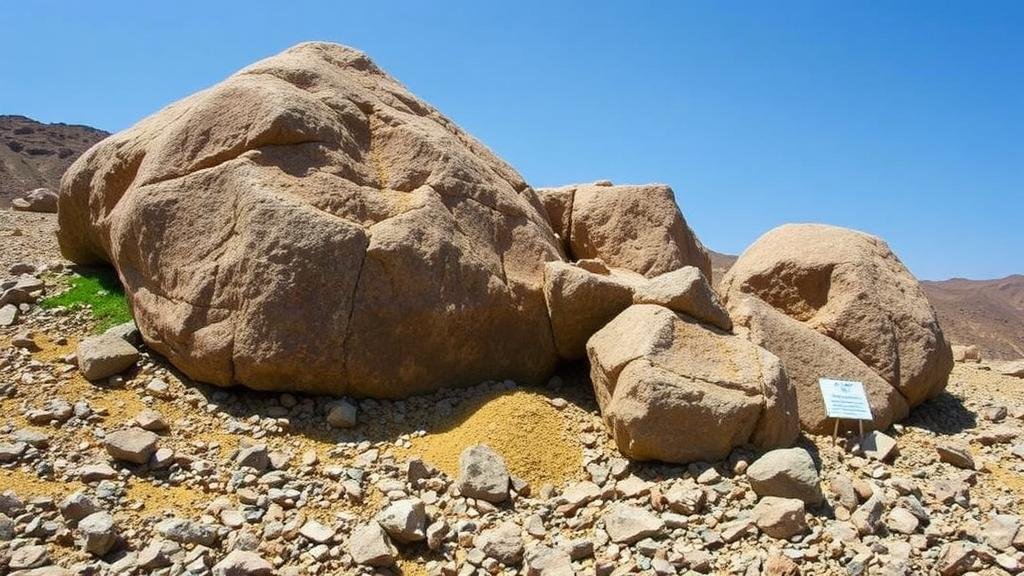The Role of Natural Boulders in Concentrating Heavy Gold Particles
The Role of Natural Boulders in Concentrating Heavy Gold Particles
The concentration of heavy minerals such as gold in sedimentary environments is influenced by numerous factors, one of which includes the presence of natural boulders. These natural geological formations play a significant role in the processes that lead to the accumulation of gold particles. This article explores how boulders assist in concentrating gold, drawing from geological principles and real-world examples to illustrate these processes.
Understanding Gold Concentration Mechanisms
Gold is a dense metal, typically found in its native form within river systems or in alluvial deposits. mechanisms through which gold is concentrated include:
- Gravity Separation: Due to its high specific gravity, gold tends to settle at the bottom of riverbeds, often accumulating near or beneath larger obstructions.
- Mechanical Trapping: Natural boulders create turbulence in flowing water, effectively trapping heavy gold particles in their vicinity.
- Geomorphological Features: The shape and size of boulders can influence sediment transport and deposition patterns, further facilitating the concentration process.
The Impact of Boulder Size and Configuration
The size and arrangement of boulders in river systems significantly affect their ability to concentrate gold. Larger boulders tend to intercept more flowing water, creating eddies or zones of reduced velocity downstream.
For example, research shows that in rivers such as the Klondike, Yukon, and in various locations across California during the Gold Rush, sizeable boulders facilitated the deposition of heavier minerals by creating favorable conditions for sediment settling. As water flows past these obstructions, lighter materials are swept away while the heavier gold particles remain trapped.
Real-World Case Studies
Several historical and modern case studies illustrate the concept of boulders as natural concentrators of gold:
- The Klondike Gold Rush: During the late 19th century, miners discovered that streambeds with abundant boulders contained higher concentrations of gold. miners used this knowledge to focus their efforts in areas where natural boulders influenced sediment flow.
- Mining Practices in Alluvial River Systems: Contemporary gold prospectors often target boulder-strewn environments, employing sluicing and panning techniques to separate concentrated gold particles from sediment trapped around natural formations.
Environmental Considerations
While the presence of boulders can enhance gold concentration, it is essential to consider the ecological impacts of mining activities in these areas. Disturbing natural boulders can disrupt local ecosystems, leading to sedimentation and habitat destruction.
Also, regulations surrounding eco-friendly mining practices emphasize minimizing disturbances and preserving natural features. Sustainable techniques focus on harnessing natural processes while protecting the environment.
Conclusion and Actionable Takeaways
Natural boulders critically contribute to the geological and hydrological processes that result in the concentration of heavy gold particles. Understanding the interaction between water flow and geological structures can greatly improve both traditional and contemporary gold prospecting efforts. Miners and prospectors should:
- Conduct thorough geological surveys of river systems to identify areas with significant boulder presence.
- Adopt sustainable mining practices to minimize ecological disruption while maximizing gold recovery.
- Continue monitoring environmental impacts when mining in areas rich in natural boulders.
To wrap up, the integration of natural boulders into gold concentration strategies not only enhances prospects for miners but also highlights the need for balanced environmental stewardship in natural resource extraction.


